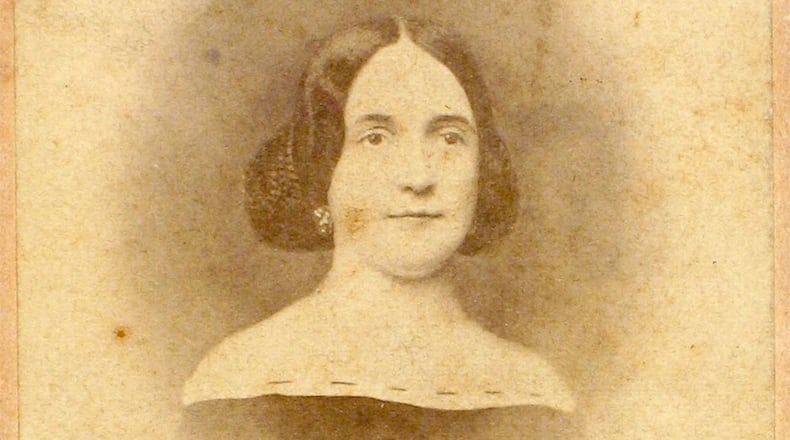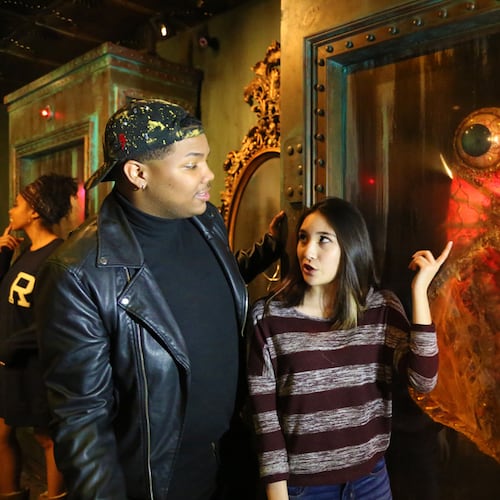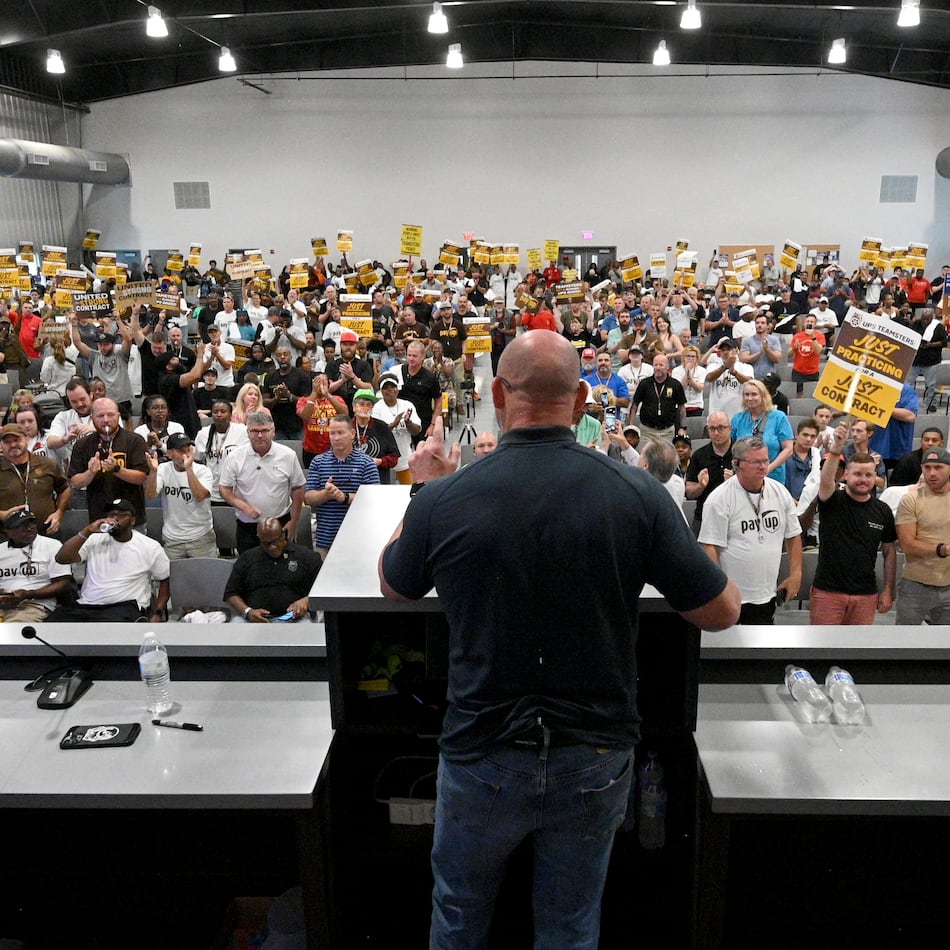Mary Boykin Chesnut, the most cited chronicler of the American Civil War, witnessed history close up.
She was on hand as her husband, former U.S. Sen. James Chesnut, signed South Carolina’s Ordinance of Secession.
She was in Montgomery for the inauguration of Jefferson Davis as president of the newly formed Confederacy. She stood on a Charleston rooftop watching the bombardment of Fort Sumter and circulated among the highest political and military figures in Richmond, Va., where she also lived.
“There was a way I had of always to stumble in on the real show,” she wrote.
She also knew the significance of the events happening around her. Keeping a daily diary throughout the conflict on scraps of paper here and there, she spent the years after the war laboriously transcribing her writings into 50 notebooks, filled with more than a million words.
Chesnut didn’t live to see her work published.
When she died in 1886, she left the manuscripts in the hands of a friend, Isabella D. Martin, who created an expurgated version in 1905, deleting material to avoid insulting those who were still living and downplaying Chesnut’s distaste for slavery.
In 1949, editor Ben Ames Williams restored much of the deleted material, which he judged to be “its most interesting passages.”
Historian C. Vann Woodward produced an even longer annotated version of the journal in 1981, called “Mary Chesnut’s Civil War,” which won the Pulitzer Prize. The Washington Post Book World called that edition “perhaps one of the half-dozen or so most important diaries in all literature.”
Chesnut was a keen observer and a trenchant wordsmith, not to mention a well-connected socialite. Wrote Williams, “She knew most, if not all the leaders of the Confederate Government, and of the Confederate Army.”
She also reported on the other layers of society. She was not fooled by the hype and nonsense of the day, particularly in matters of concern to women. She was repulsed by the sexual enslavement of black women.
“God forgive us but ours is a monstrous system,” she wrote. “Like the patriarchs of old, our men live all in one house with their wives and their concubines, and the mulattoes one sees in every family exactly resemble the white children. … All the time they seem to think themselves patterns, models of husbands and fathers.”
Elisabeth Muhlenfeld, author of “Mary Boykin Chesnut: A Biography,” said Chesnut’s anti-slavery views and her feminist instincts were unusual at the time. “You get a very strong feminist sense from her statements,” she said in a CSPAN documentary. “She’s become more and more interesting to women readers and historians.”
Keith Bohannon, professor of history at the University of West Georgia, said Chesnut could not truly be called an abolitionist, since she profited from the slave labor of dozens of servants in her home. But she recognized the moral crime in the practice.
Chesnut, who suffered from depression and treated blinding headaches with morphine, was an excellent caricaturist of the personalities she encountered in Richmond, including the tragic figure of Confederate Gen. John Bell Hood, who lost his right leg in the Battle of Chickamauga.
She noted the disabled Hood’s abortive courtship of the high-born Sally “Buck” Preston, and documented that sad campaign, a portrait of a moment in time that Bohannon prizes.
About the Author
Keep Reading
The Latest
Featured






